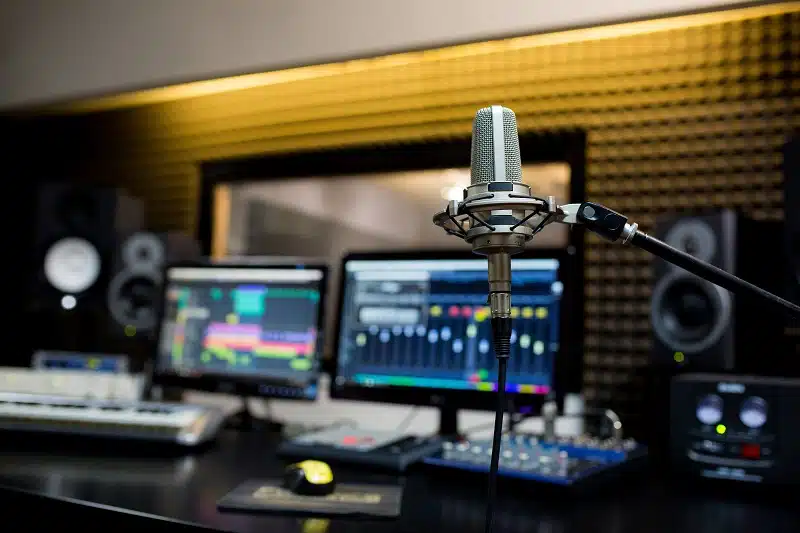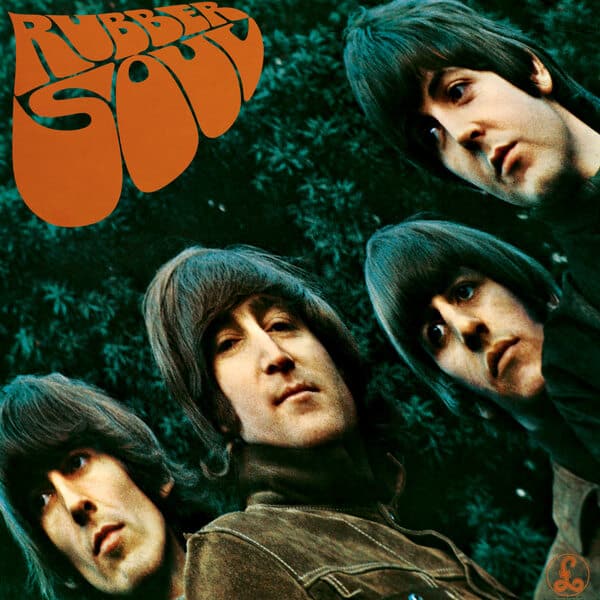Tonight (September 6th) on the world famous Classic Album at Midnight on Radio Nova we’re playing The Beatles’ Rubber Soul.
The album is presented in full with no commercials or interruptions.
The Beatles’ brief but prolific career can be reductively broken down to two periods – the early rock n’ roll era, in which they focussed on singles, and the later psychedelic era when creating albums became the band’s main focus.
The transition point was 1965’s Rubber Soul, which saw The Beatles refine their rock n’ roll sound while beginning to experiment with other musical styles.
Rubber Soul was heavily influenced by The Beatles’ summer 1965 tour of the US, during which they played their famous Shea Stadium concert. While in the US, The Beatles were exposed to the soul music of Motown and Stax, country and western songs, along with the folk-rock of Bob Dylan and acts like The Byrds.
Two non-musical influences would also begin to inspire The Beatles in this period – drugs and politics. Influenced by Dylan, John Lennon began adding a political bite to his lyrics, while the growing trippiness of the band’s output can be attributed to their experimentation with hallucinogenic drugs.
The Beatles spent four weeks over October and November 1965 recording Rubber Soul at Abbey Road Studios, then known as EMI Studios. The album title was a self-conscious nod to the feeling the group had of being impostors as white British artists working in the African-American field of soul music. But that was as far as the acknowledgment would go, as the band was determined to release an album consisting entirely of original material.
Producer George Martin would describe Rubber Soul as “the first album to present a new, growing Beatles to the world.” It was the first time the band had complete creative control over the production of one of their albums. Despite the tight deadline they emerged from the studio with a record that represented a significant maturing of their songwriting and musical sound.
With Martin’s assistance, the band experimented with the possibilities of the recording studio. The distinctive harpsichord-esque sound on In My Life was achieved by recording the piano solo at half speed, which gave it a unique sound when played back at full speed. Non-traditional instruments like the Sitar and fuzz bass were incorporated, while Paul McCartney’s adoption of the Rickenbacker 4001 gave his bass-playing a fuller sound.
The original release of Rubber Soul features 13 tracks. Side A presents us with Drive My Car; Norwegian Wood; You Won’t See Me; Nowhere Man; Think for Yourself; The Word; and Michelle. Side B features What Goes On; Girl; I’m Looking Through You; In My Life; Wait; If I Needed Someone; and Run For Your Life.
EMI Parlophone released Rubber Soul in the UK on December 3rd, 1965. Advance orders of half a million had set a new record for an album. In its second week of release it topped the UK album chart, where it remained on top for eight weeks. In January of 1966 it repeated its success in the US, topping the Billboard chart with 1.2 million copies sold in its first nine days of release. It would prove the third biggest selling record in the UK in 1965, with Beatles for Sale beating it to second place.
Critically, Rubber Soul fared better with American critics than those in the band’s homeland. A new generation of young American music writers fully embraced the album, while many of Britain’s older critics seemed stumped by The Beatles’ new sound. It was a reaction shared initially by many of the band’s fans, who were taken aback by the experimentation and broadening of musical horizons.
Elvis Costello was 11 when the record was released and remembered thinking “I don’t like this, I think they’ve lost their minds,” when he first heard Rubber Soul. “Then six weeks later you couldn’t live without the record. And that’s good – that’s when you trust the people who make music to take you somewhere you haven’t been before.”
Let The Beatles take you somewhere special at midnight tonight on Radio Nova.








